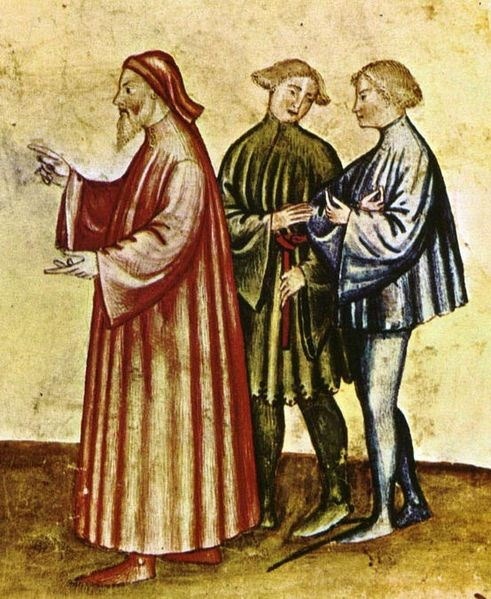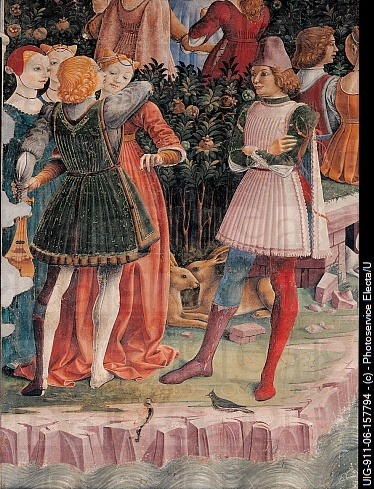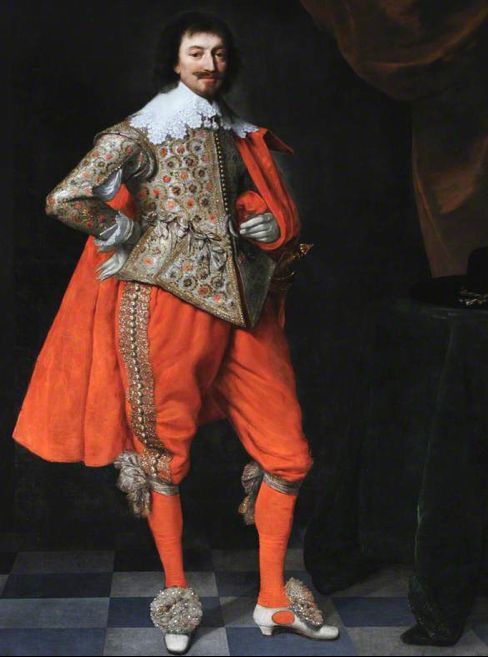new-vogue-ravyn:ephemeral-elegance:It’s FRIDAY FASHION FACT! Today we’re going back to basics- pants
new-vogue-ravyn:ephemeral-elegance:It’s FRIDAY FASHION FACT! Today we’re going back to basics- pants! Or trousers, depending on where you live. I’m wearing them right now! Good chance that you are, too (or, you know, not. No judgement.) But when did pants become commonplace in western fashion? Trousers becoming popular for women is a post in itself, so today I’m just going to focus on menswear.Everyone has seen ancient Greek sculptures, biblical imagery, and medieval art, and in all of these the men are wearing some type of robe. Yet trousers did exist in these times. In fact, as far as historians know, pants date back almost as far as written history. There is evidence of pants being worn by horse riders in several Eastern and Middle Eastern cultures as far back as approximately 4000 BCE. They were made of heavy wool or patchwork leather, pieced together to conform to the body. The Greco-Romans (who had the strongest influence on the development of western cultures) saw these riders, and their clothing, as savage and uncultured.As western civilization expanded beyond the Mediterranean region, though, colder climates made legwear necessary. They adopted braccae, a typically woolen, loose trouser, worn by the Celts. Now, this is where things get a bit tough to condense, as there were vast variations by region and class. So keep in mind, this is a very general overview.These woolen trousers were worn for several centuries throughout the early Middle Ages by Germanic cultures, and often had a sock-like piece attached to cover the feet. Frankish cultures followed the Roman and Byzantine style of long tunics, and therefore wore tighter woolen pants as a sort of undergarment, with hose (tights, essentially) covering their feet and tied to the bottom of the trousers. Slowly, throughout the Middle Ages, hemlines began to rise, and trousers shortened along with them so they remained hidden. Approaching the 15th Century, short tunics with fitted hose were the fashion (though the working class continued to wear long, loose trousers.)By the 16th Century, these hose evolved into two pieces- tight hose on the lower leg, and padded hose on the upper leg, from about the waist to the upper thigh. These padded upper hose continued to develop into more structured garments known as breeches- think the stereotypical Elizabethan look. By the Baroque Era, breaches became less full, and extended down to just below the knee. They continued to become more fitted into the 18th Century Rococo age.During the French Revolution, the full-length trousers of the working class were adopted, as all things aristocratic were rejected. Post-revolution, trousers temporarily shortened again in some circles, as there was a slight revival of the Rococo style in menswear amongst dandies. For the most part, however, menswear remained simplistic and somber, and long trousers gained a permanent spot men’s wardrobes.Want to learn more about the history of pants? Check out these books:20,000 Years of Fashion, by Francois BoucherThe Three-Piece Suit and Modern Masculinity, by David KuchtaHave a question about fashion history that you want answered in the next FRIDAY FASHION FACT? Just click the ASK button at the top of the page!lorenzocheney you probably already know all this but might be interesting anyway?A marvelously informative post. Thank you! -- source link
Tumblr Blog : ephemeral-elegance.tumblr.com
#thank you#history#clothing#pants#breeches#hose









